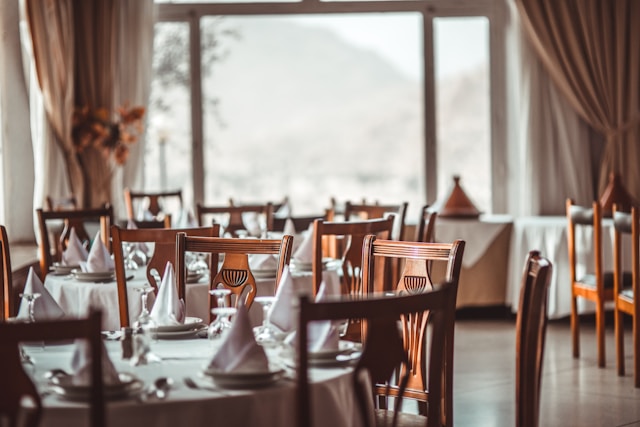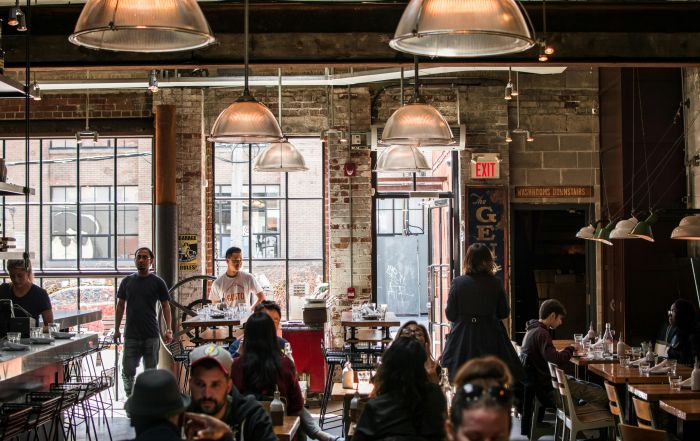Food safety handling: helpful tips and advice.
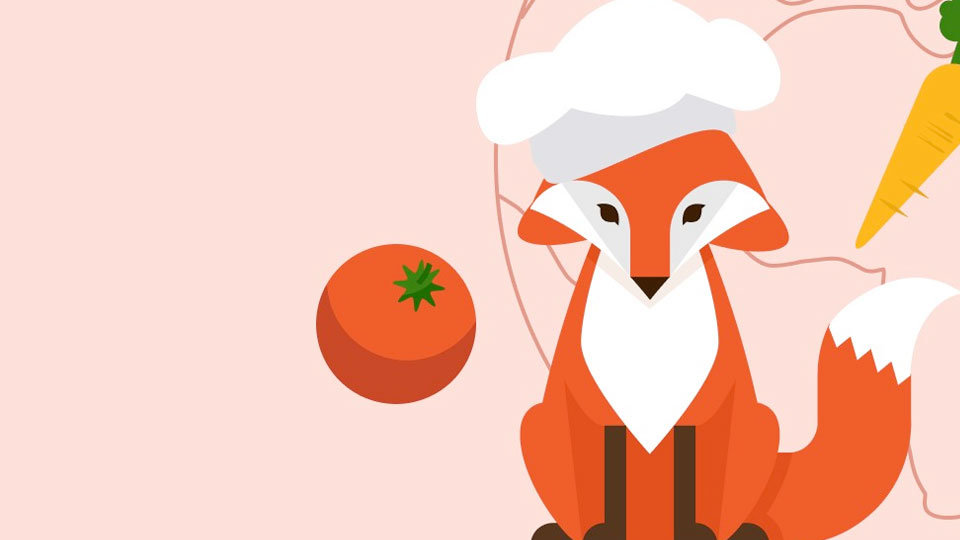
When it comes to food safety, my watchful eyes and sensitive ears will tackle most problems around the kitchen. However, there are other factors that even us foxes need reminding of now and again. From well stored foods to perfect personal hygiene, there’s plenty of paw-sitive things we can do to make our kitchens even safer.
As you know, there are four ways to avoid the causes of harmful food and therefore reduce foodborne illness, they are; cleaning, separating, cooking and chilling. My smart app can help make these part of your training and monitoring routines.
Cleaning
I’ve shared some of my top tips for keeping your kitchen clean and sanitized. But it’s always good to remember to wash hands frequently for at least 20 seconds before and after handling food. Cutting boards and workspaces should also be washed down after preparing each food item.
Remember items such as fruit and vegetables need to be washed before being prepared as they may contain chemicals and soil debris. Never wash these food items with anything other than water.
Not sure everyone knows the best way to carry out cleaning tasks? You can upload all your standard operating procedures information into the Work Processes feature on my smart app to ensure that everyone in your kitchen is on the same page.
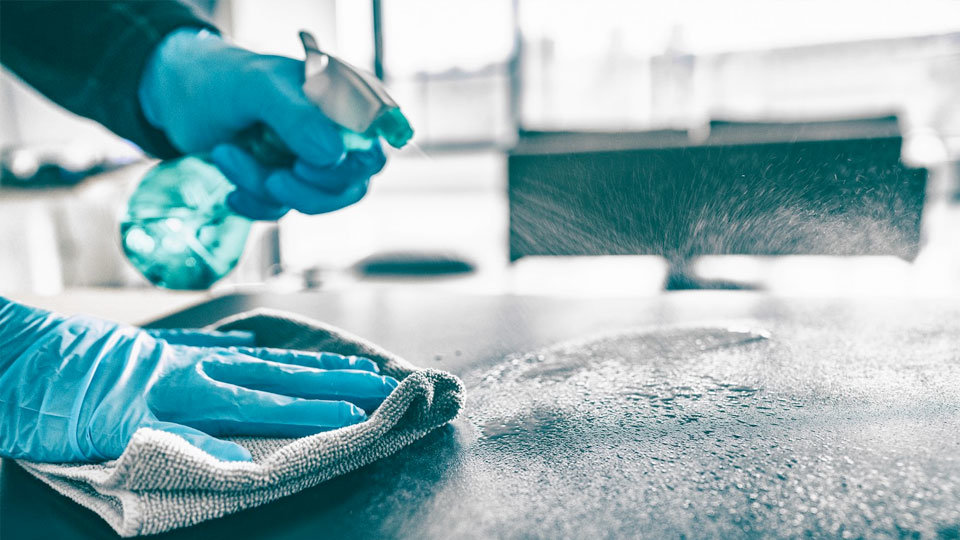
Separating
It is important to separate raw meat, seafood and eggs from other foods when you are storing and preparing them. Remember that the lowest shelf is where you should place raw meats as the risk of leakage and bacteria is high. The next shelf for vegetables and the shelves above for dairy and cooked food.
If you have information about the layout and storage of your kitchen why not upload them into the Work Processes feature on my app? It lets you digitize all your records and allows each person in your team to have visibility.
It’s vital that you have a clear system for preparing the different food groups. Cutting boards should be colour-coded so that each one is clearly used for a different food type. Remember; never place cooked food on a plate that previously held raw meat, seafood or eggs unless the plate has been washed in hot soapy water. And never reuse marinades used on raw foods.
For more information about the next way to prepare, handle and serve food check out the Training section on my app. It provides you with up-to-date information about food safety.
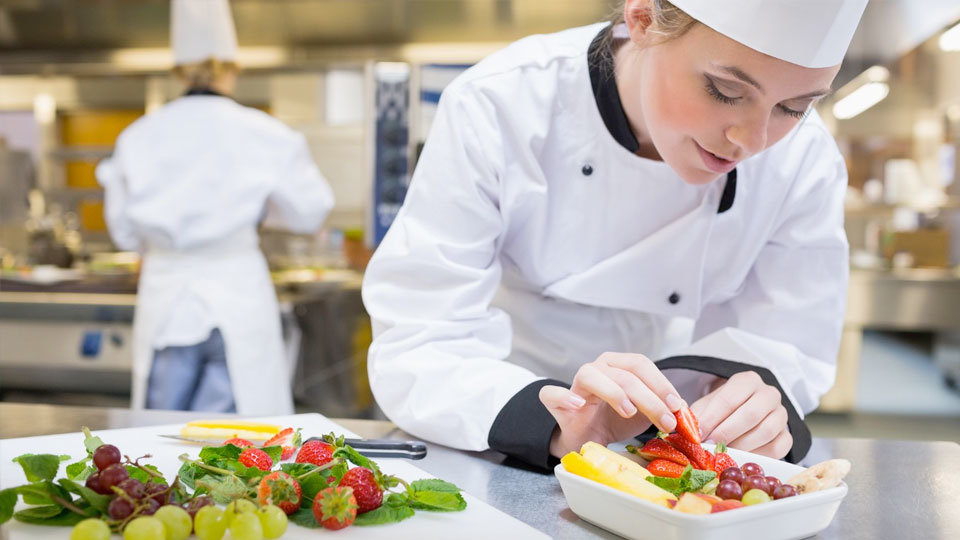
Cooking
With my clever AI technology, I can ensure that foods that are meant to be served hot are prepared at the right temperature. Simply install my easy-to-use sensors around your kitchen and the temperatures will be monitored, you can use the app to check temperature readings and set Alerts so you know everything is as it should be. Something seems off? Set up a Fix It order so it can be easily resolved.
Whilst my smart sensors can monitor the temperature of your oven, buffet, food pass and entire kitchen, a food thermometer is the only way to ensure the safety of dangerous foods such as poultry and meats. When checking poultry for example, it is important to use a thermometer to measure the thickest part of the meat to ensure it is cooked through and free from any harmful bacteria. These foods must be cooked to a safe minimum internal temperature before they can be served.
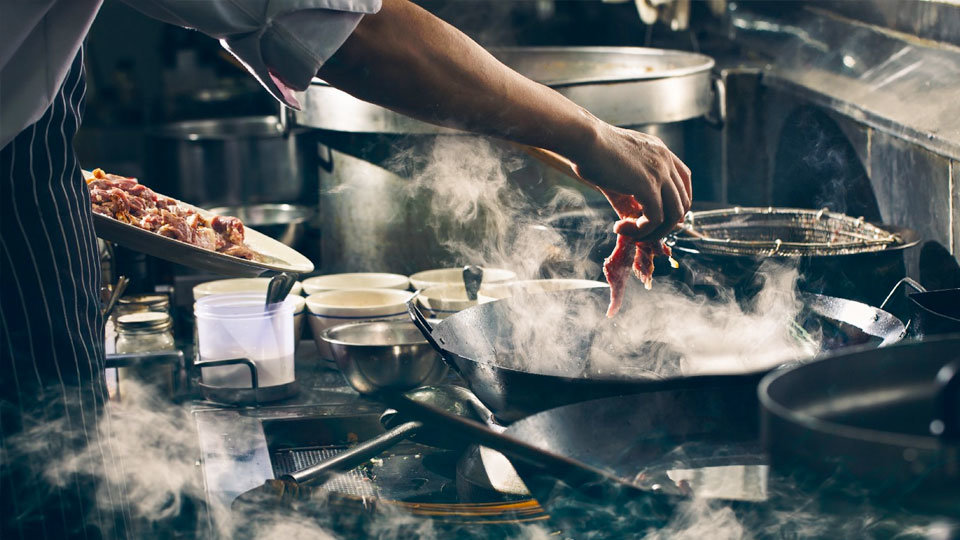
Chilling
You know the score folks, cold food needs to be handled with just as much care as hot. It goes without saying that you should refrigerate or freeze meat and similar foods within 2 hours of cooking or purchasing. If the temperature outside is hot then it needs to be even less than that. When it comes to food, there’s no foxing about!
As my intuitive nose knows, food should not be thawed at room temperature, it always needs to be thawed either in the refrigerator, in cold water or in the microwave. If you intend to store cooked food, divide it into smaller containers for quicker cooling in the refrigerator.
In the refrigerator chilled food needs to be kept at 8ºC or below. With my foxy know-how I think it’s best to keep your fridge at 5ºC or lower, so your food is well within the threshold. It also ensures that every part of the fridge remains at an acceptable temperature. Freezers need to be kept at -18 ºC or lower.
And how can you ensure they always remain at the right temperatures? With my super smart sensors which can take thousands of readings every hour. The Temps section on my app always ensures you are one step ahead when it comes to kitchen intelligence.
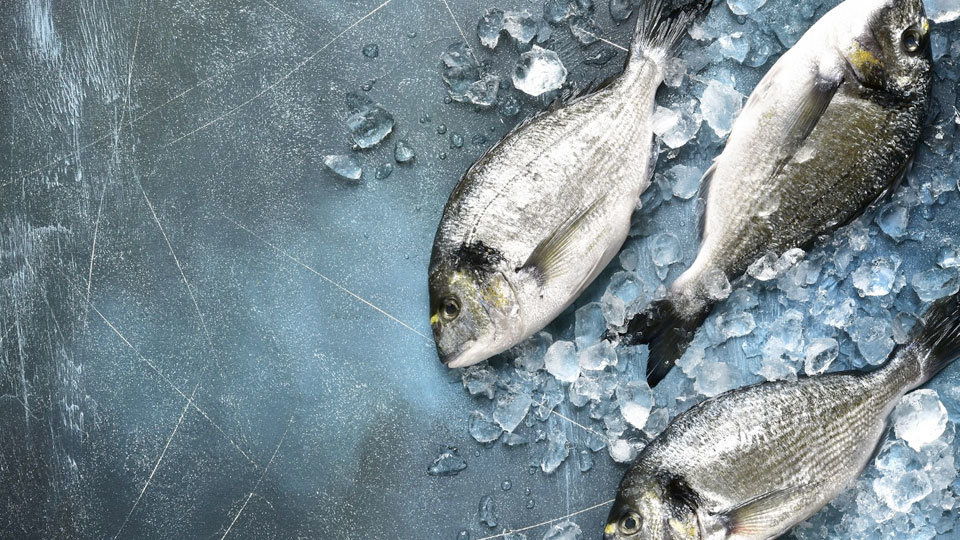
A healthier tomorrow is around the corner
Handling food is one of the most important aspects of food safety — you don’t need to tell a wily little fox like me. So remember to be vigilant, stick to tried and tested processes and use my clever app to ensure everything is running as it should. Here’s to a healthier tomorrow!

